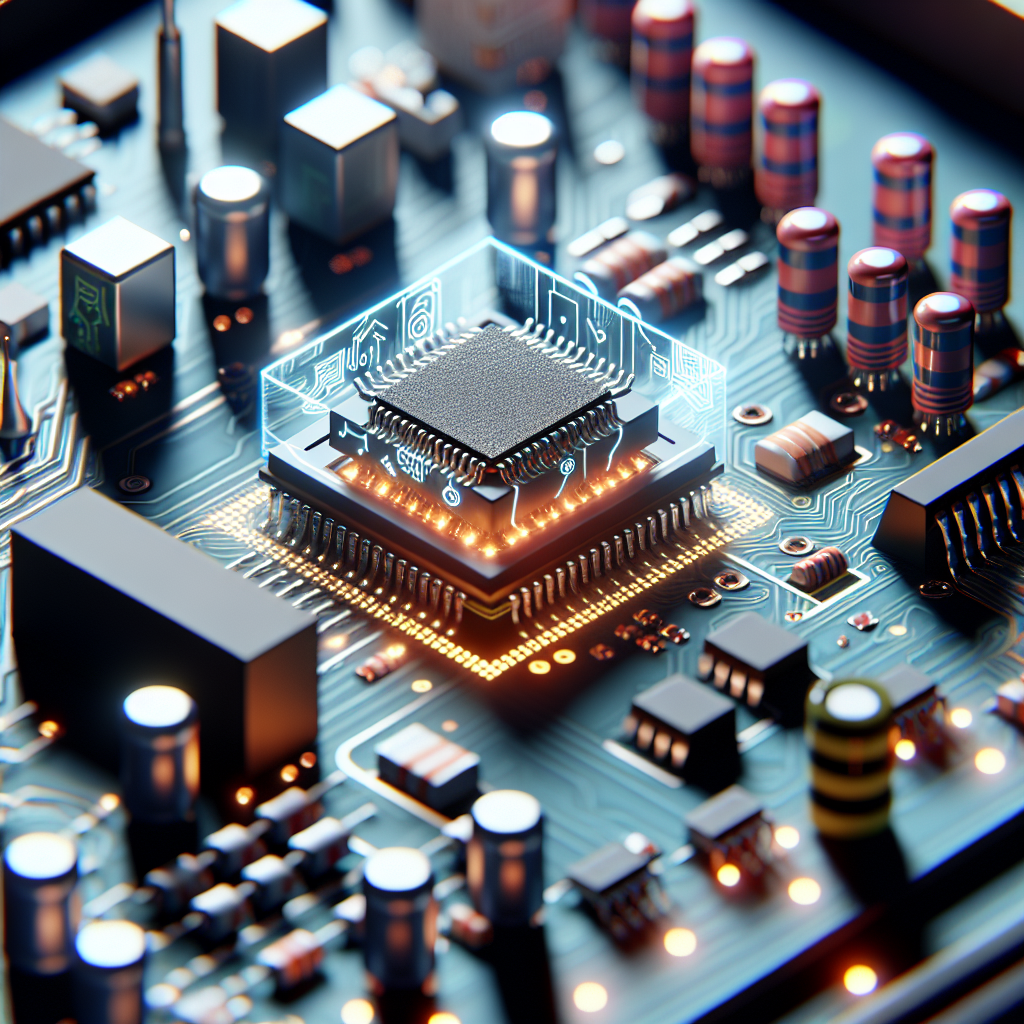Your cart is currently empty!
The Benefits of Using Non-volatile Memory in Embedded Systems

Non-volatile memory is a type of memory that retains its data even when the power is turned off. This makes it an ideal choice for use in embedded systems, where power outages or unexpected shutdowns can cause data loss. In this article, we will explore the benefits of using non-volatile memory in embedded systems.
One of the key advantages of using non-volatile memory in embedded systems is its ability to store data reliably. Unlike volatile memory, which requires a constant power source to retain data, non-volatile memory can retain information even when the power is turned off. This makes it an ideal choice for applications that require data to be stored for long periods of time without the risk of data loss.
Another benefit of using non-volatile memory in embedded systems is its durability. Non-volatile memory is not as susceptible to physical damage or wear and tear as other types of memory, making it a more reliable option for use in harsh environments. This can be particularly important in industrial applications, where embedded systems may be exposed to extreme temperatures, moisture, or vibrations.
In addition, non-volatile memory is often faster and more efficient than other types of memory, making it a popular choice for embedded systems that require high performance. Because non-volatile memory does not need to be constantly refreshed like volatile memory, it can provide quicker access to data and improved overall system performance.
Furthermore, non-volatile memory is typically more cost-effective than other types of memory, making it a practical choice for embedded systems with budget constraints. While the initial cost of non-volatile memory may be higher than volatile memory, the long-term savings from reduced maintenance and replacement costs can make it a more economical choice in the long run.
Overall, the benefits of using non-volatile memory in embedded systems are clear. From its reliability and durability to its speed and cost-effectiveness, non-volatile memory is a versatile and practical choice for a wide range of embedded system applications. By incorporating non-volatile memory into their designs, developers can create embedded systems that are more reliable, efficient, and cost-effective.

Leave a Reply